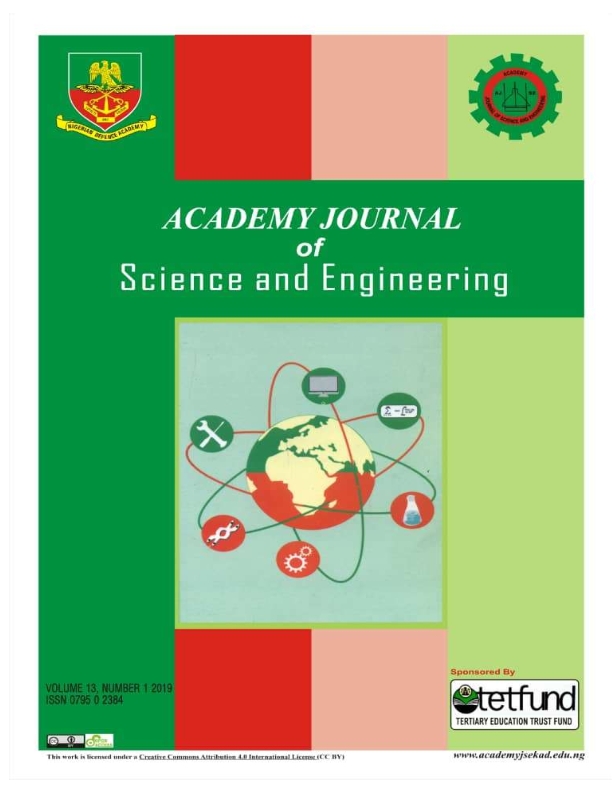A CHATBOT FOR POSTGRADUATE INFORMATION DISSEMINATION
Keywords:
TASUED, COSIT, Self-reporting, Chatbot, Information DisseminationAbstract
Information and Communication Technology (ICT) is defined as the acquisition, processing, storage and dissemination of information through the use of computer and related technologies. While information dissemination in most Nigerian tertiary institutions utilizes the potentials of the modern computer, the revolutionizing automation potentials of Artificial Intelligence Agents (AIA) has not been
duly explored. This has resulted in communication gaps and delayed responses to crucial and time critical queries and requests. To curtail this lapses and to ensure timely delivery of information to users, this paper adopted mixed method research (i.e. design based approach and action research). Incremental software development model was used for software development, Decision Tree Algorithm was used for training the system whose database was populated with relevant and likely questions and corresponding responses. The Chatbot was designed using HTML, CSS, and ReactJava programming languages while the database was designed using PHP and MySQL Database. The result was a selfreporting, self-learning and interactive Chatbot for postgraduate information dissemination that
autonomously create corresponding responses to user’s queries in real time. User’s Intent Understanding (UIU), Query Response Accuracy (QRA), Error Handling (EH) and Mean Response Time (MRT) were some of the metrics used for user -system’s performance evaluation. Using a self-structured questionnaire, responses obtained from 130 student users purposively selected in TASUED with similar academic characteristics and needs were analysed using IBM SPSS v20. Findings show that on average, the system achieved 89% on UIU, 89% on QRA, less than 2 seconds on MRT....
Downloads
Downloads
Published
Issue
Section
License

This work is licensed under a Creative Commons Attribution 4.0 International License.
This is an open-access journal which means that all content is freely available without charge to the user or his/her institution. Users are allowed to read, download, copy, distribute, print, search, or link to the full texts of the articles, or use them for any other lawful purpose, without asking prior permission from the publisher or the author.
The Authors own the copyright of the articles.



